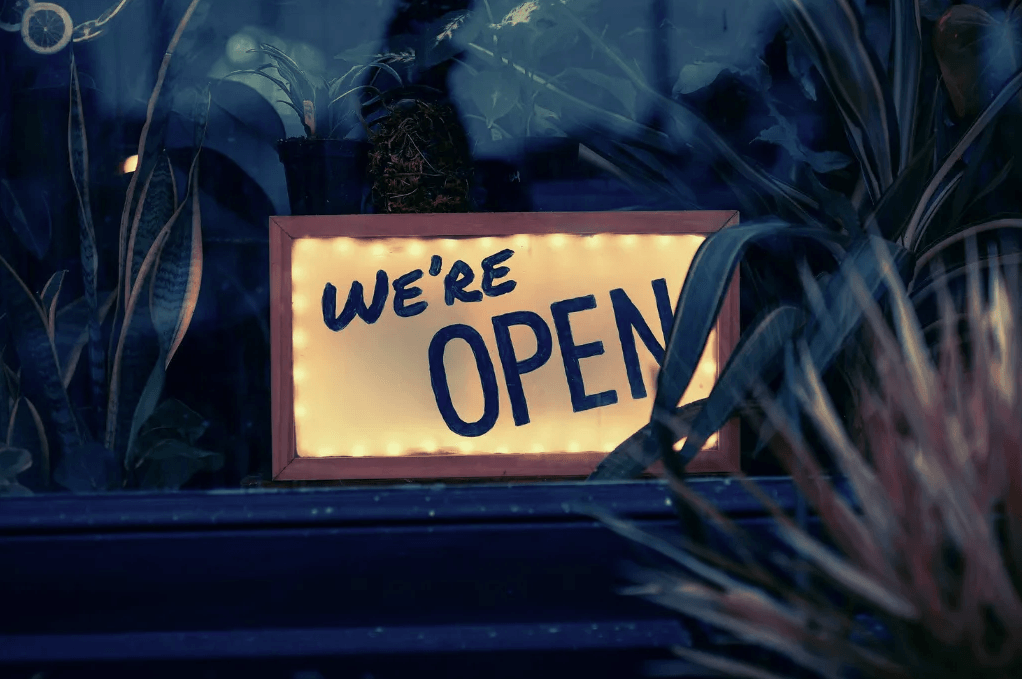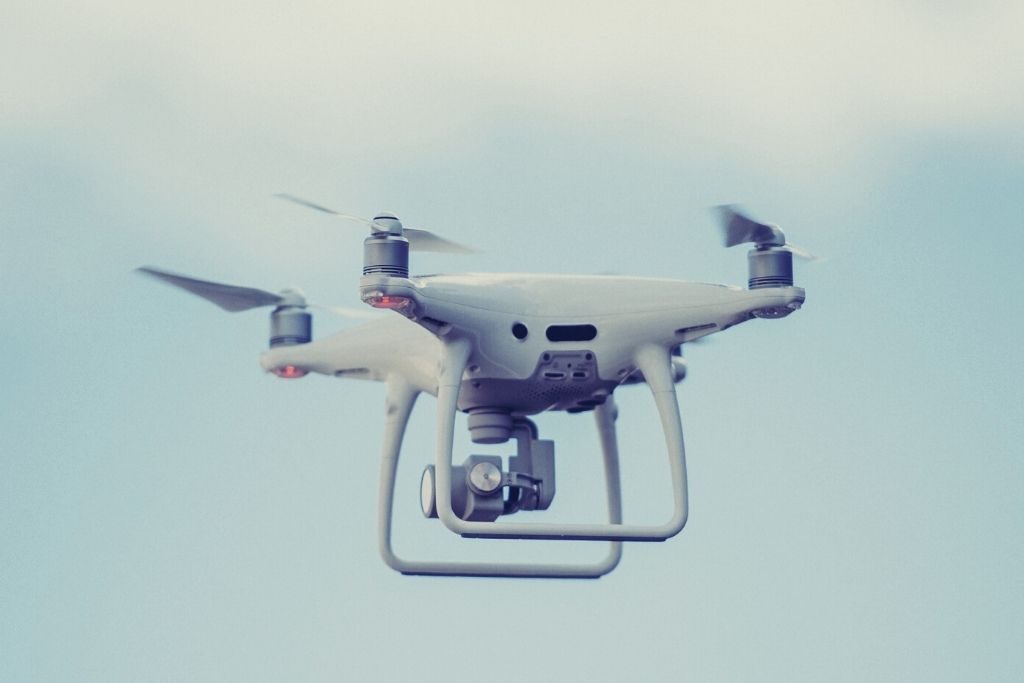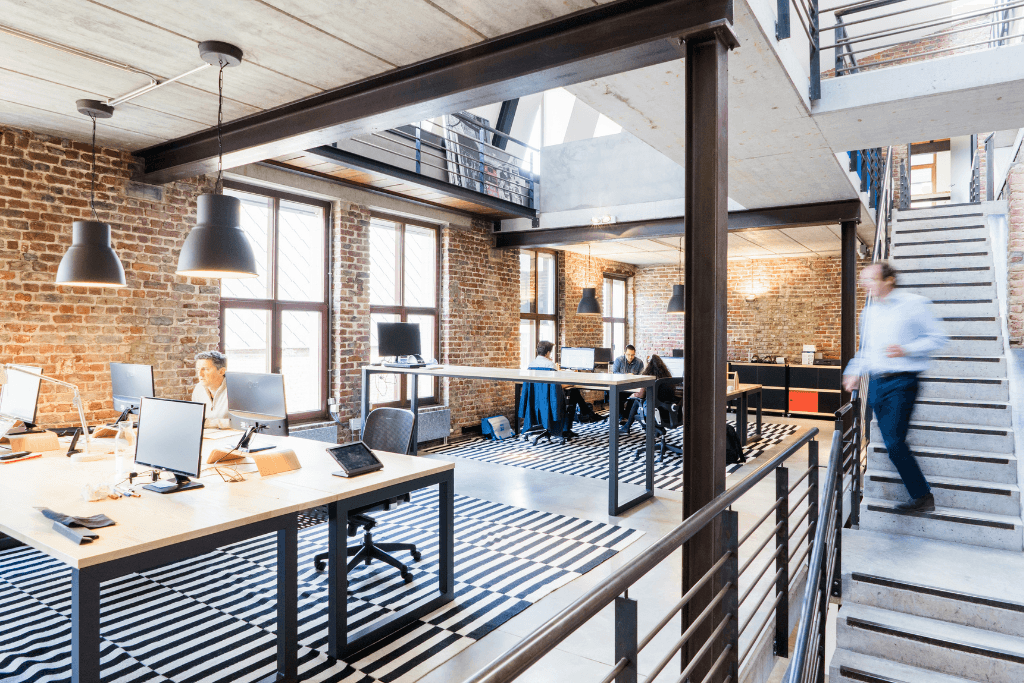The shift in shopping habits that occurred during the COVID-19 pandemic is almost certainly permanent. E-commerce has completely transformed the way we shop and consume. Revenue from online sales globally has been growing steadily since 2020, and is forecast to exceed $8 trillion by 2027.
But that doesn’t mean consumers have stopped going to brick-and-mortar stores. Even in 2020, when many of them remain closed, Google counted that 82% of global retail sales occurred while shopping physically.
A study by the market research firm Ipsos states that customers still spend a significant portion of their shopping time — between 39% and 73%, depending on the category — on site.
In recent years, the relevance of these businesses has shifted towards the value of experience. The interaction with both the space itself and the store staff extends beyond the moment of the transaction: the customer journey is based on exploration, discovery and demonstration. Retail isn’t dead; It’s boring retail that’s fading away.
Why Extending Opening Hours

As the functions of the physical store evolve, so should its spaces, design, and management. And also its accessibility: in a scenario where experiences are just as important as transactions, it is essential to adapt opening hours to the needs of customers.
Flexibility in opening dates and times is a value that consumers view positively. The data in the city of Barcelona, one of the most touristic in the world, indicates that during the summer, extending the shops’ opening hours on Sundays and holidays increased spending by 8% over the previous year.
For retailers, the competitive advantage that extended hours can bring adds up to the degree of satisfaction they seek from consumers. That’s a ‘yay’ to increase profits, but within the framework of a positive and differentiating shopping experience.
Smart Access Technology and Its Possibilities

When it comes to implementing these new access options, technology becomes the best ally. The implementation of Smart Access solutions helps to meet the new needs of consumers.
It enables secure, convenient, and flexible shopping, allowing customers to access, buy, and pay for products in-store. Avoiding unnecessary contacts and, of course, not being subject to the limits of traditional hours.
These smart access solutions open store doors when customers simply hold their mobile phone close – using NFC (Near Field Communication) technology – and authorize access to specific areas with the customer’s fingerprint or facial recognition, through biometric authentication technology.
Naturally, access monitoring must comply with legal and data protection regulations, to anticipate and prevent both security breaches and potential privacy violations.
Different Permissions Depending on the Access Time

Store access could be set up with advanced permissions. Outside of previously scheduled times, any access attempts would be subject to additional security measures and would require extra authentications.
Even with minimal security personnel, it would be possible to restrict entry using a smart camera system that prevents more than a certain number of customers from entering the store at the same time. This system could also open or close the doors automatically if any incident occurred.
All of this is supported by communications through the establishment’s PA system and monitoring through video surveillance cameras.
Anticipating Customer Needs

Thanks to technology, the needs of customers are placed at the center of the strategy. For instance, scanning a QR code at the door could expedite product pickup in the click & collect area, a service that is increasingly in demand.
For example, the system would know if the customer’s intention is simply to return a product and guide them to the corresponding area, making the process easier for them.
Through mobile applications, you could pay for any purchase in the area designated for this purpose, as is already the case in commercial spaces such as Apple and Nike stores, and leave the premises without having to go to the checkout or scan any QR codes.
Store managers would also have a much more detailed overview of inventory. Thanks to traceability systems with RFID tech for retail, the number of items available on the shelves and their price would be detected in real time.
And through a centralized network system, the warehouse can be ordered to replenish or reclaim new stock.
From Smart Access to Smart Shopping

The future of Smart Access solutions lies in integration with other technologies that significantly increase the overall customer experience.
Lead personal care brands such as L’Oréal are aware of the revolutionary nature of this technology, and already have developed applications that use facial scanning, combined with Artificial Intelligence, to carry out a virtual diagnosis of the skin and propose personalized recommendations.
With prior authorization and password protection, the user will be able to see the result of the evaluation of its needs and explore suggestions for dozens of different products during their stay in the store.
This trend is known as ‘retail media’, and involves collaboration between retailers and brands to promote products and services. An approach that aims to take advantage of shared data to offer an even more personalized shopping experience.
More Data to Shop Better

Data processing is another trend that we will see flourish, hand in hand with smart, frictionless access systems in physical stores. Thanks to data, we will be able to anticipate what consumer decision-making will be like.
Your mobile screens will display personalized recommendations, tailored offers, warnings, and notifications in real-time based on shopping behavior. In addition, data management will be essential to optimize task assignment, employee and inventory management processes.
The retail industry is taking giant steps towards digitalization. It is improving customer purchase satisfaction and strengthening customer loyalty.
Implementing smart technologies to extend working hours without affecting safety, generating increasingly convenient and personalized purchasing processes, and making life easier for employees will be essential concepts to drive innovation and growth in this sector.







